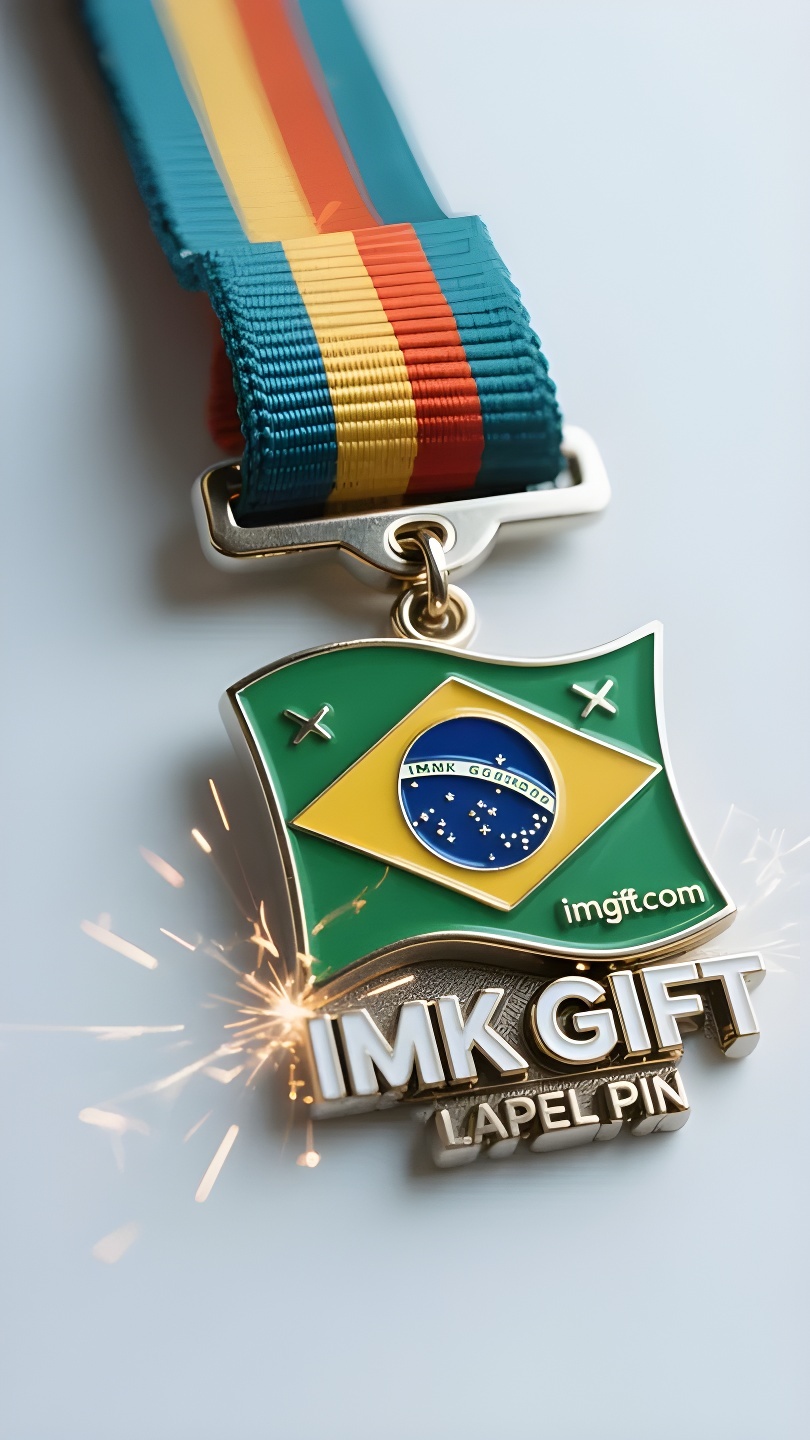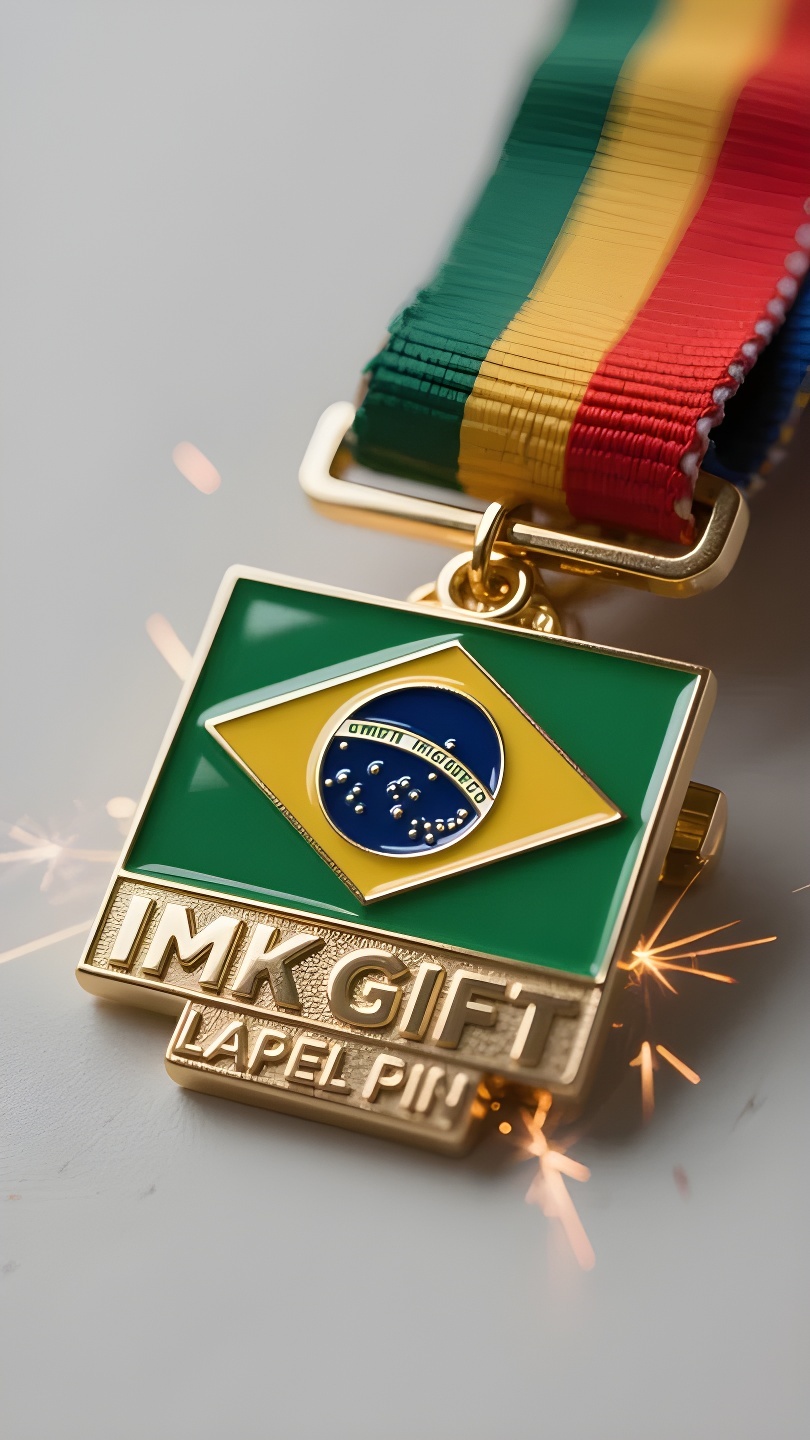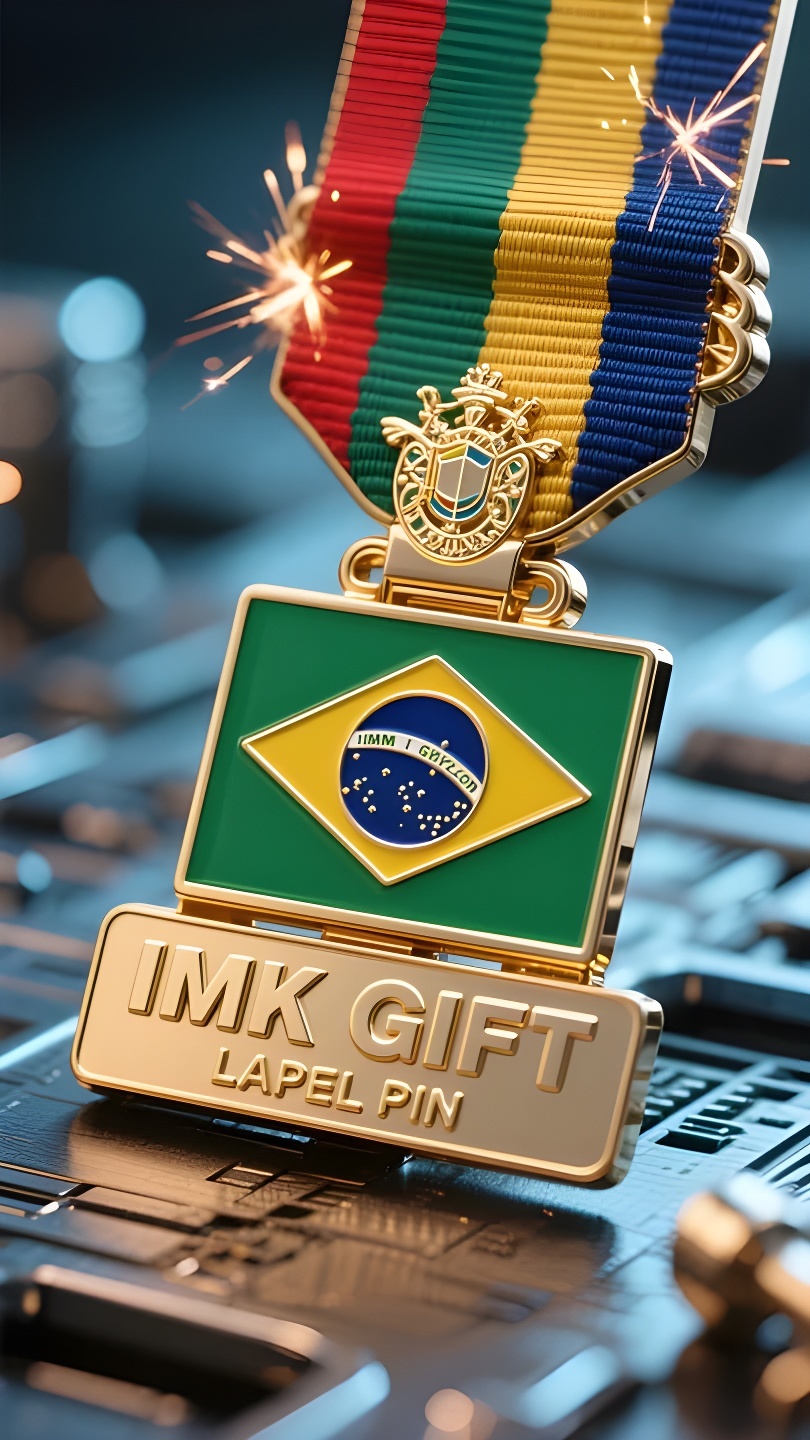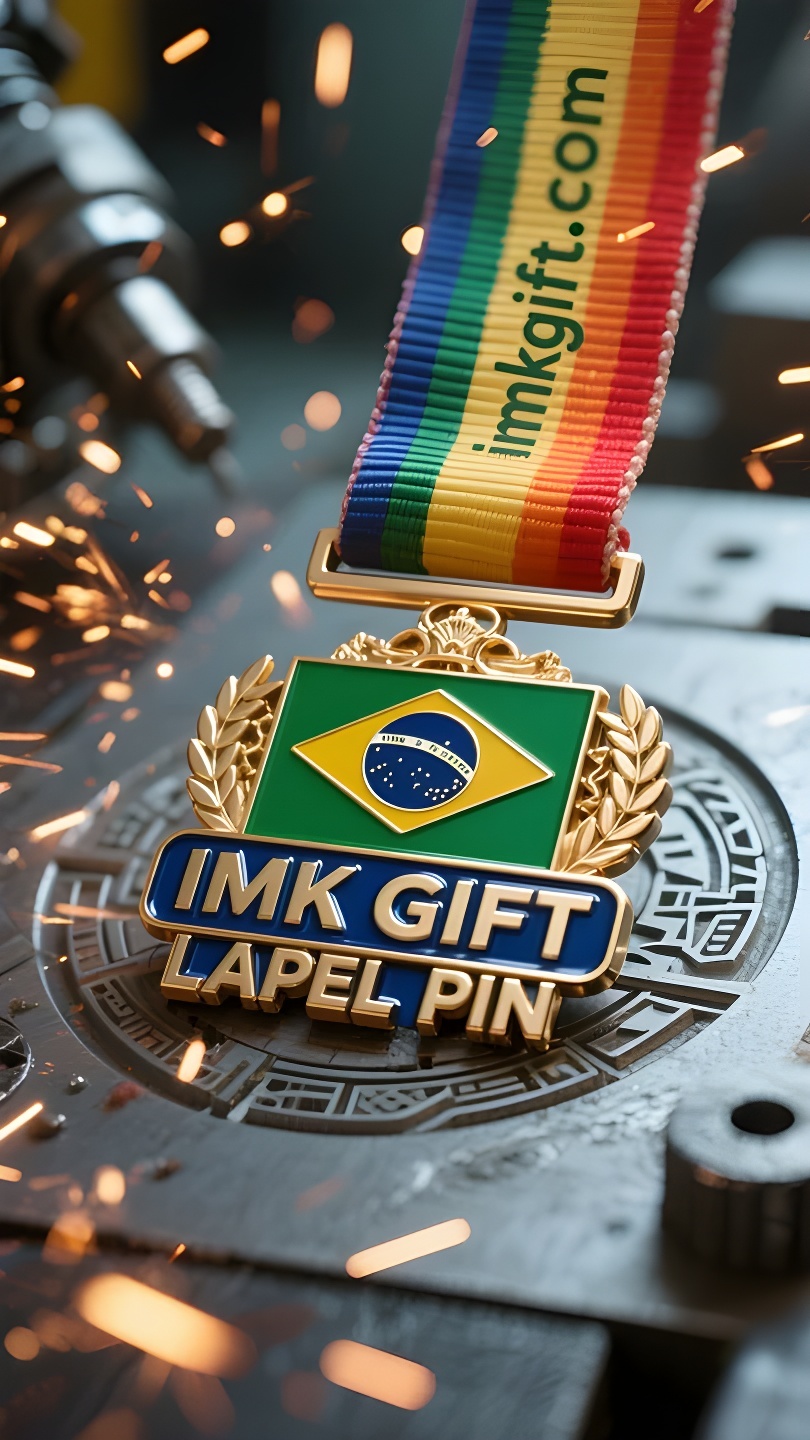in996-Estrela-verde-e-dourada-a-glória-eterna-da-medalha-do-emblema-nacional-brasileiro
▼
Em setembro, o Brasil ecoa com as batidas comemorativas dos tambores do Dia da Independência. As pessoas olham para a bandeira nacional verde e dourada tremulando, e seus corações estão sempre iluminados pela constelação do Cruzeiro do Sul no globo celeste. Esta constelação de 27 estrelas não é apenas um totem de unidade para os 26 estados do Brasil e o Distrito Federal, mas também representa a busca incessante da nação pela excelência — assim como o Cruzeiro do Sul gravado no verso das medalhas olímpicas, transformando o espírito nacional em uma medalha eternamente brilhante. No design da medalha das Olimpíadas do Rio, a medalha de ouro de 500 gramas é feita de prata pura banhada a ouro, e os padrões radiantes côncavos e convexos na superfície são como os raios de sol na bandeira nacional que simbolizam o amanhecer. Quando os atletas subiram ao pódio, as fitas de folhas de louro envolviam as medalhas e os padrões de folhas de café e folhas de tabaco no emblema nacional se complementavam, contando a história da transformação deste país de uma civilização agrícola para o cenário mundial. Os padrões ondulados na borda de cada medalha não apenas ecoam o lema “Ordem e Progresso” na fita da bandeira nacional, mas também simbolizam a coragem dos vencedores em romper as ondas da vida. Da Praia de Copacabana à Floresta Amazônica, os brasileiros sempre acreditaram que cada estrela da bandeira nacional pode se transformar em uma medalha de luta. Quando os capacetes de segurança nos canteiros de obras refletem o azul do globo celeste, quando os tênis dos meninos das favelas lustram o ouro do Cruzeiro do Sul, este país que tece a fé com as estrelas constrói sua própria era de ouro com uma fé medalhística.
In September, the Brazilian land resounded with the drumbeats of Independence Day celebrations. People looked up at the fluttering green and gold national flag, and were always illuminated by the Southern Cross on the celestial globe. This constellation of 27 stars is not only a totem of unity for Brazil’s 26 states and the Federal District, but also embodies this nation’s unremitting pursuit of excellence – just like the Southern Cross pattern engraved on the back of the Olympic medals, turning the national spirit into an eternally shining medal. In the design of the medals of the Rio Olympics, the 500-gram gold medal is made of pure silver plated with gold, and the concave and convex radial patterns on the surface are just like the sun rays on the national flag that symbolize the dawn. When the athletes stand on the podium, the laurel leaf ribbon wrapped around the medal and the coffee leaf and tobacco leaf patterns on the national emblem complement each other, telling the transformation of this country from an agricultural civilization to the world stage. The wavy patterns on the edge of each medal not only coincide with the motto of “order and progress” on the national flag ribbon, but also metaphorically represent the courage of the winners to break through the waves of life. From Copacabana Beach to the Amazon rainforest, Brazilians always believe that every star on the national flag can be turned into a medal of honor for those who strive for it. When the safety helmets on construction sites reflect the blue of the celestial globe, and when the sneakers of slum boys shine the gold of the Southern Cross, this country that weaves faith with stars is building its own golden age with medal-like faith.
九月的巴西大地回响着独立日的欢庆鼓点,人们仰望飘扬的绿金国旗,总会被天球仪上的南十字星座照亮心扉。这枚由27颗星辰组成的星座,不仅是巴西26个州与联邦区的团结图腾,更凝结着这个民族对卓越的不懈追求——正如奥运奖牌背面镌刻的南十字星纹,将国家精神化为永恒闪耀的勋章。
在里约奥运会的奖牌设计中,500克重的金牌以纯银镀金制成,表面凹凸的放射纹路恰似国旗上象征曙光的太阳光芒。当运动员站上领奖台,缠绕奖牌的月桂叶缎带与国徽上的咖啡叶、烟草叶纹样交相辉映,诉说着这个国家从农耕文明走向世界舞台的蜕变。每道奖牌边缘的波浪纹,既暗合国旗绶带”秩序与进步”的箴言,更隐喻着胜利者突破人生浪潮的勇毅。
从科帕卡巴纳海滩到亚马逊雨林,巴西人始终相信:国旗上的每颗星辰都能化作奋斗者的勋章。当建筑工地的安全帽映出天球仪的蓝,当贫民窟少年的球鞋擦出南十字星的金,这个用星辰编织信仰的国度,正以勋章般的信念浇筑着属于自己的黄金时代。
▼
Contact Us
📞 Tel: +0086-760-85286839
📧 Email: sales3@imkgift.com








